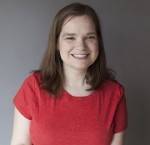
I knew that autism was a spectrum disorder. But I’d really only seen one end of the spectrum.
Don’t get me wrong. I’d frequently been impressed by the abilities of the people that I’d seen in autistic individuals that also had an intellectual disability. Jill was extremely creative, and made PowerPoint presentations using her favourite photos. Alex rarely watched professional baseball on television, but kept up with all the league news, and could tell you everything that was happening with every team. Keira was very interested in what was going on peoples’ lives, asking lots of questions. She always remembered the answers.
Intellectual disability put significant limits on these individuals’ functioning as well, however, and because my experience with other forms of autism along the spectrum was so limited, what I saw in them became how I defined “autism” and “autistic”.
These days, I know many autistic people without intellectual disabilities as well. Their lives look quite different from those of the people that I used to support in my job. They live independently, are well-educated, have jobs in which they’re highly respected, and are very articulate. They talk about things on levels that leave me thinking, “Why didn’t I see that?”
This doesn’t make them better or worse than the people that I used to support – just different in some ways. Alike in some ways as well, as I know from talking to some of them that they struggle with some of the same issues that the people I used to support do: difficulties with transitions, sensory issues, and getting easily overstimulated.
I’ve come to believe that everyone (particularly people who work in social services, as I did) should be aware of how different autism can look from person to person, if for no other reason that it helps to keep us from making assumptions about what people want and need, their abilities, aptitudes and interests, and what kinds of supports they might need. When we make assumptions about people, we’ve already begun to stop listening to what they have to say, and that’s no good.
(Because, of course, the best way to begin to determine what kind of supports anyone needs is simply to ask them, but that’s a whole other blog…)
I’ve written before about the importance of not making more assumptions when I write about disability more generally, but I think it’s a particularly important point to make about autism. Being autistic doesn’t change the fact that a person is unique, with needs, desires, dreams, talents, strengths and weaknesses that are different from everyone else’s. The very fact that I frequently hear the quote, “If you’ve met one person with autism, you’ve met one person with autism,” used in autism awareness campaigns suggests to me that society sees autism and autistic people in very stereotypical ways. Media portrayals of autism and autistic people tend to support this idea.
How insulting for autistic people. And how humbling, to think that I was likely part of the problem without even realizing it, as someone who was part of the “helping profession”.
It makes me wonder if there are ways that I’m still part of the problem without realizing it.
Lots to think about.
Until next time,
The Autism Outsider

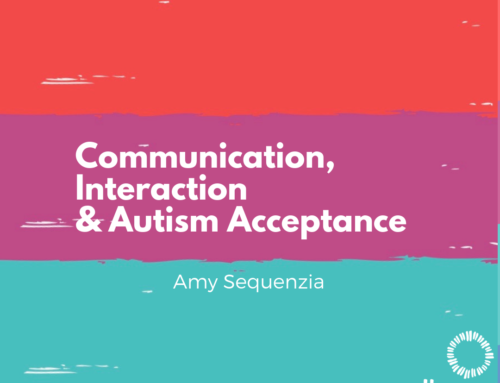
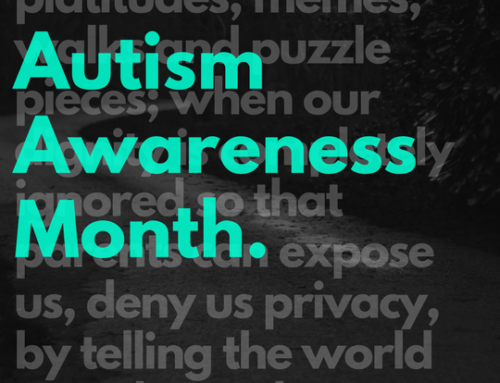

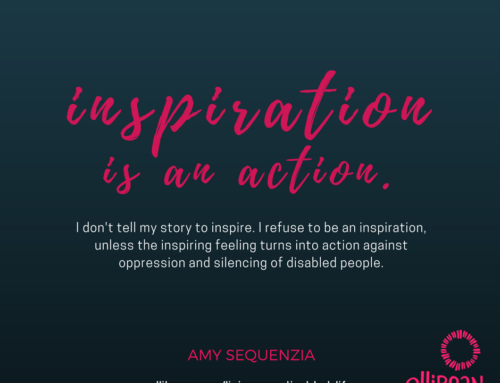
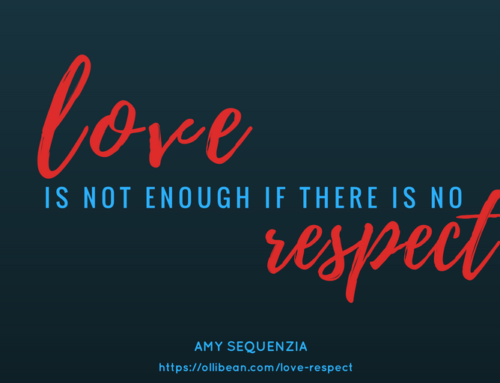
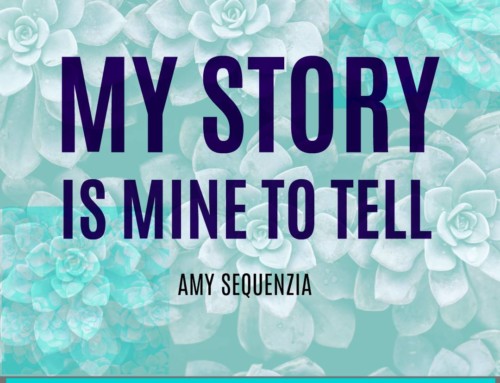
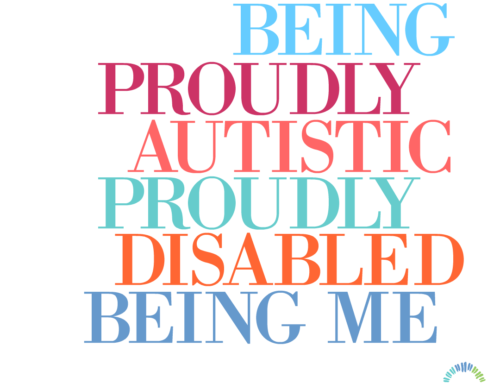
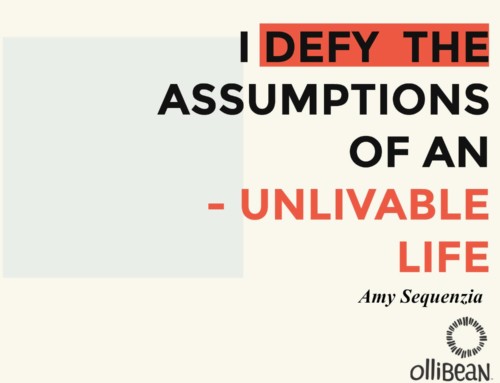
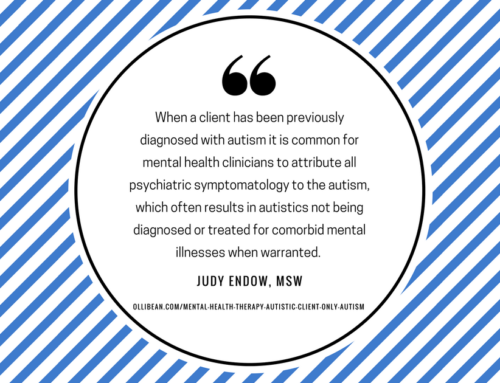


Leave A Comment